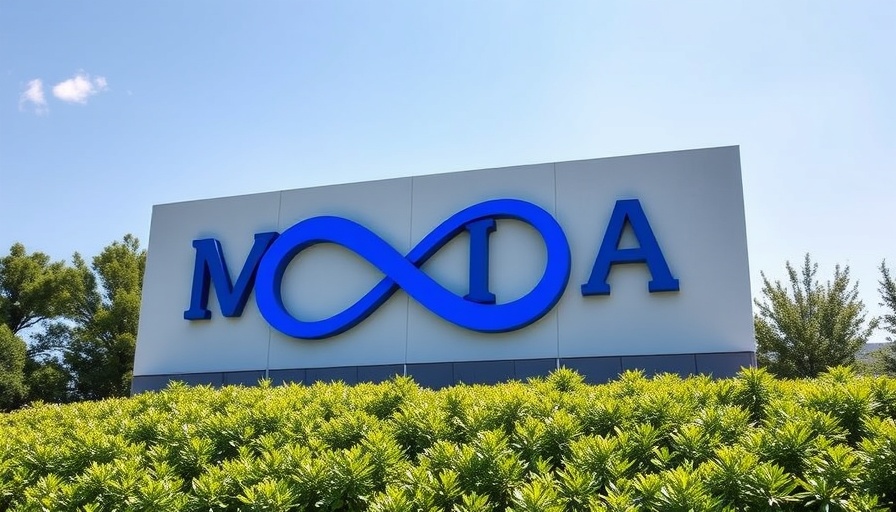
Understanding Meta's Maverick AI Model
Meta recently unveiled its new AI model, Maverick, claiming it to be one of the top performers on LM Arena, a competitive testing ground where human raters comparative evaluate the outputs of different AI models. However, a closer look reveals discrepancies between the model utilized in this benchmark and the version accessible to developers. The official launch announcement mentioned that the Maverick tested on LM Arena is an “experimental chat version,” while the version publicly available is not necessarily optimized in the same manner. This difference raises critical questions regarding the transparency of AI benchmarking processes.
A Closer Examination of LM Arena Benchmarks
LM Arena has faced scrutiny in the past over its reliability in assessing AI model performance. Critics argue that it does not accurately reflect the nuances of AI behavior across various applications and contexts. Interestingly, the current trend involving fine-tuning models specifically for benchmark tests has caused a stir within the AI community. While it's common knowledge that such customizations exist, few companies have been transparent about this practice until now.
The Risks of Misleading Benchmarks
One of the main issues with tailoring models for benchmarks and then introducing a stripped-down version to developers is the potential for miscommunication about how well an AI will perform in practical settings. Developers may find themselves misled by inflated performance metrics, which could lead to investment in or dependency on suboptimal technologies. Such scenarios highlight the necessity for improved standards in AI model testing and reporting.
Community Reactions and Concerns
Following the announcement, researchers on X expressed concern over significant differences in the outputs of the publicly downloadable Maverick compared to its LM Arena counterpart. Observations of its behavior showed that the LM Arena model tended to generate responses laden with emojis and extensive length, diverging from expected functionalities. This led experts to question whether the variations were genuine improvements or merely misrepresentations created to shine in benchmark settings.
Exploring Alternative Perspectives on AI Benchmarks
While there is a consensus that benchmark tests like LM Arena can be inadequate for capturing the full performance of AI models, some experts argue that they serve a purpose in emphasizing the capabilities of models when performing specific tasks. Others, however, contend that relying solely on these benchmarks can be detrimental when making real-world applications. Balancing these perspectives is essential as the industry seeks to innovate responsibly.
Future Implications for AI Development and Transparency
The conversation surrounding AI model performance and benchmarking is poised to shape the industry's future significantly. As AI technology continues to evolve, developers and organizations will need to advocate for more transparent methodologies and realistic reporting on model capabilities. This shift could lead to greater accountability among AI firms and foster trust among developers and users alike.
Conclusion: The Call for Accountability in AI Development
As the debate over Meta’s Maverick AI model highlights the complexities and potential pitfalls of AI benchmarking, it is crucial for stakeholders in the tech industry to push for more transparent practices. Developers, researchers, and consumers all deserve honest representations of what these models can genuinely achieve. Staying informed about the reliability of these models can empower developers to make better choices in a rapidly evolving tech landscape.
 Add Row
Add Row  Add
Add 



Write A Comment